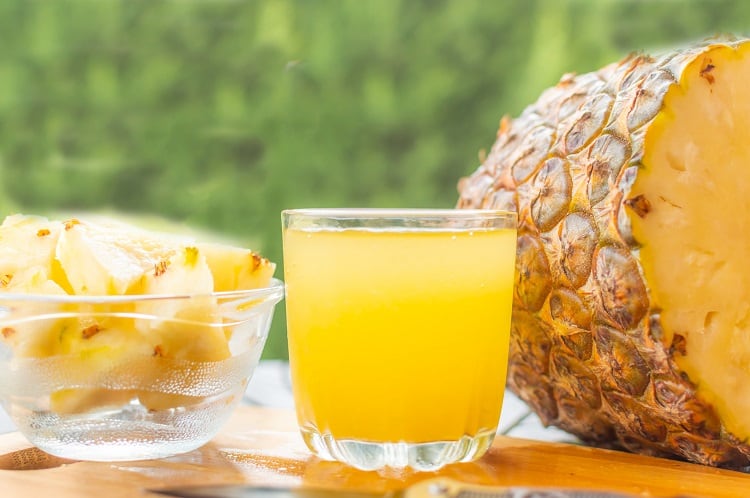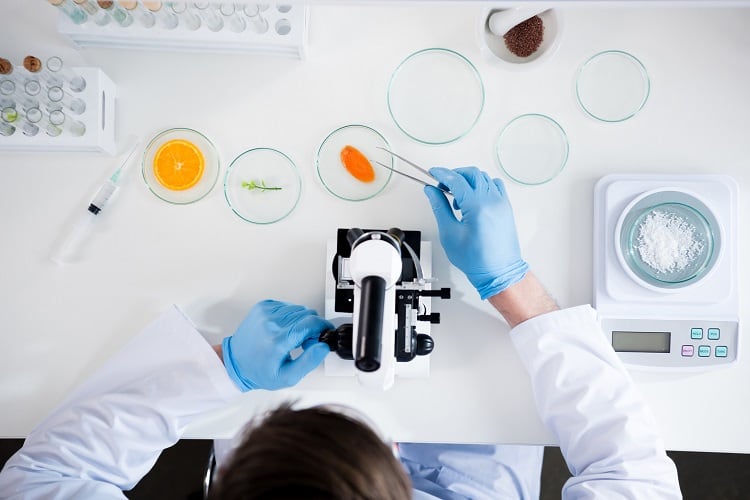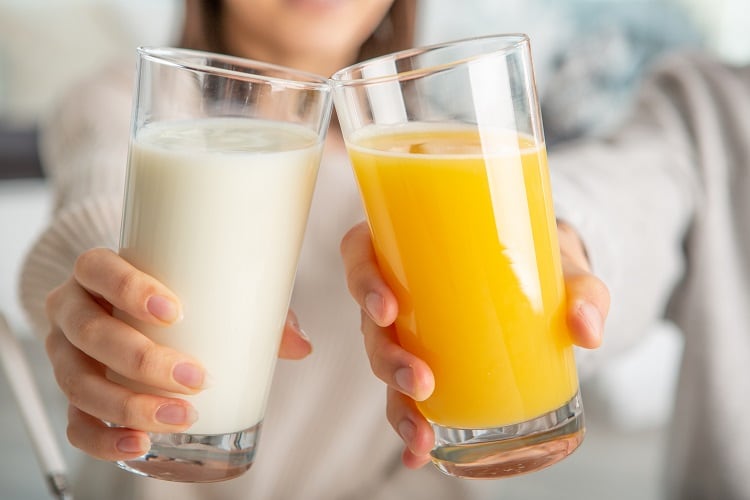Excess sugar intake increases the likelihood of consuming too many calories, which in turn increases the risk of overweight and obesity. These conditions are directly linked with noncommunicable diseases including cardiovascular disease, cancer, and diabetes.
Sugar reduction is front-of-mind for consumers, food and beverage manufacturers, and policymakers alike. And yet, consumption in western countries still exceeds dietary guidelines.
For food and beverage makers, such as US-headquartered Dole Packaged Foods, sugar reduction presents a real challenge. “It might seem easy, and consumers want it…but you can’t just take a juice, remove the sugar, and hand it to them,” explained Dr Lara Ramdin, chief innovation officer at Dole Sunshine Company.
This is because sugar provides much more than just sweetness. “It also provides mouthfeel, texture, and satisfaction,” she told delegates at the recent OurCrowd Global Investor Summit in Jerusalem.
Dole has set itself the challenge of reducing sugar in its pineapple juice and is looking to external innovators to trial different technologies. One such technology comes from Israeli start-up BlueTree Technologies.
‘We don’t add anything, it’s sugar removal only’
BlueTree was founded by Didier Toubia – co-founder and CEO of cultivated meat start-up Aleph Farms – and Yuval Klein back in 2020.
Unlike many sugar reduction solutions on the market, BlueTree doesn’t add anything to product formulation – it is focused on sugar removal, only. “We just jump inside the juice or milk, take out the sugar, then get out. It’s a very simple technology and a very interesting one,” co-CEO Michael Gordon told FoodNavigator in a recent interview.
BlueTree’s approach leverages filtration and absorption technologies. But instead of filtering out all parts of the sugar molecule, the start-up removes disaccharides, only. In leaving the monosaccharides in, the sweetness, aroma, and mouthfeel association of sugar is maintained, we were told.
The technology can be applied to dairy, beer, and as in Dole’s case, fruit juice. How much sugar can be reduced depends on the application, but in the lab BlueTree has achieved close to a 75% sugar reduction in milk. In orange juice, the company said at above 30% reduction, consumers would start to notice.
“We usually stop at a 30% reduction,” revealed Gordon, suggesting that a 20-30% reduction in ‘most’ countries and territories would be enough for companies to avoid sugar-related taxation.
As Dole has a range of very established food and beverage products in its portfolio, a sugar reduction technology claiming to solve both technical and consumer acceptance issues associated with the task is an attractive proposition.
Embarking on a Proof of Concept (PoC) with BlueTree, as with any start-up, should be a win-win situation, explained Dr Ramdin. “It should be an equal partnership. It shouldn’t be a corporate and a start-up, it should be equal.”
The biggest challenges facing PoC project
The decision to work with BlueTree was sparked by samples of sugar reduced orange juice the start-up sent to Dole. The companies are now in the very early stages of reducing sugar in Dole’s pineapple juice – a project that may be more challenging than reducing sugar in orange juice.
“I think pineapple juice sets a higher bar in terms of taste, texture and expectations than orange,” said Dr Ramdin. Pineapple naturally has a higher sugar content than orange (8.4% in orange juice compared to 10% in pineapple juice), which from the offset presents a technical challenge.
From the consumer perspective, this means that sweetness expectation in pineapple juice will also be higher. “To get that balance right between the sweetness and acidity, and to also get the mouthfeel right, is technically a challenge,” said Dr Ramdin.
Indeed, ensuring the product is tasty is the first challenge, reiterated Gordon. If this is not achieved, the PoC will not have attained its goal. But it’s not the only challenge for BlueTree over the next few months. The start-up also needs to ensure its business model is economically feasible for food and beverage manufacturers.
“At BlueTree, we have a business model where the more we work together, the less [the manufacturer] pays for the service we provide. Looking forward, [for us] this is a long-term relationship. It’s not just a one-deal, it’s a long-term relationship and we should build [our business model] for that.”
Cost is also a major consideration for Dole which, as a mass market ‘value brand’, has committed to providing accessible nutrition. “When we look at new capabilities and new technologies, our plan is to not pass those costs on to the consumer.”
That means that in developing a sugar-reduced juice, Dole wants it to be the same cost as its conventional counterpart. “Innovation in business models is going to become more and more critical [moving forward].”
BlueTree’s objective? To convince Dole
At the pre-commercial stage, it should not be expected Dole is experimenting with BlueTree’s sugar reduction technology only. “We are maybe looking at two to three different types of technologies and running PoCs with all of them,” revealed Dr Ramdin.
“It’s also important to understand that there might be a list of criteria when it comes to taste, functionality, cost and manufacturing feasibility. It may be that [the PoC] doesn’t tick all boxes at the end of the PoC, but I think we’ve both been very transparent about that from the beginning.”
From BlueTree’s perspective, the objective is clear: to persuade Dole its technology is the market leader. “We are confident that we will be able to convince you that our solution is the best solution for Dole,” Gordon told Dr Ramdin.




